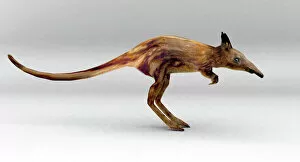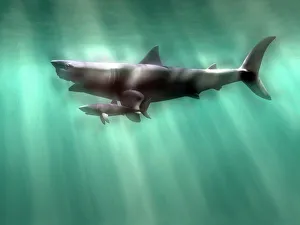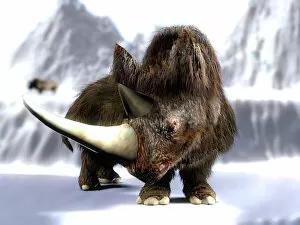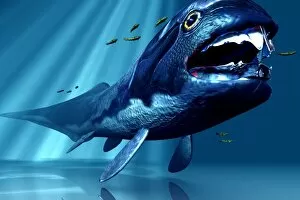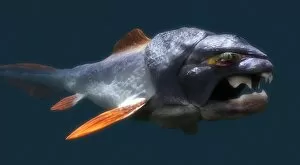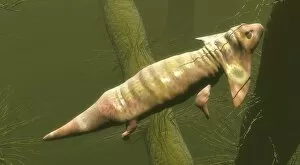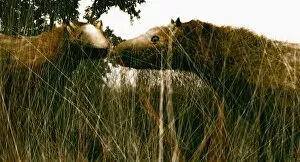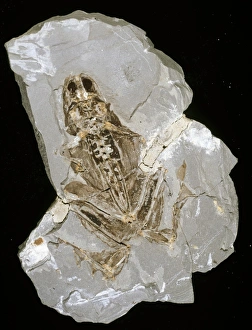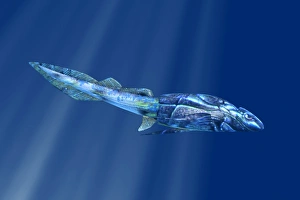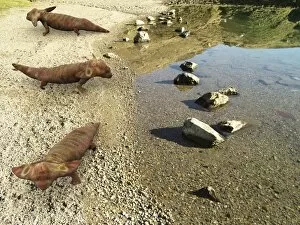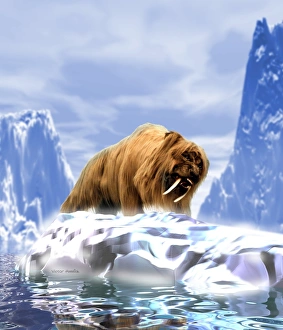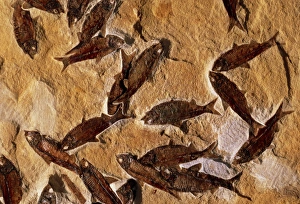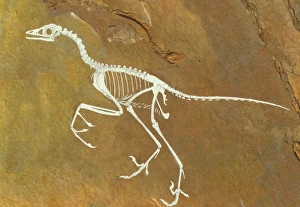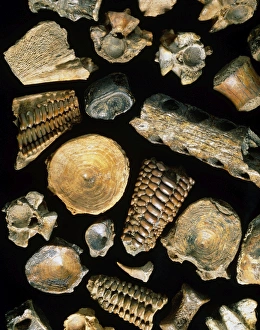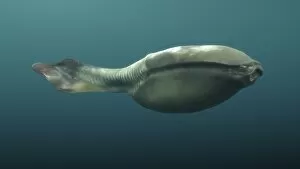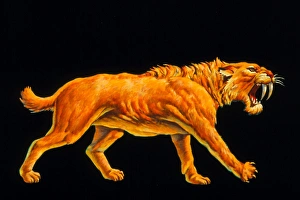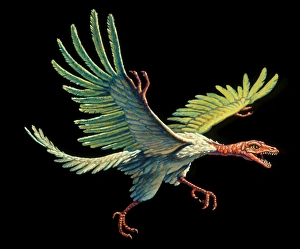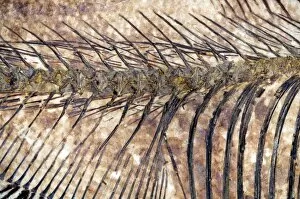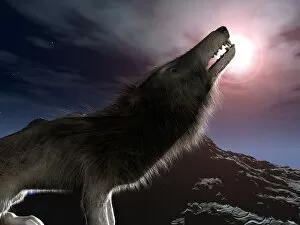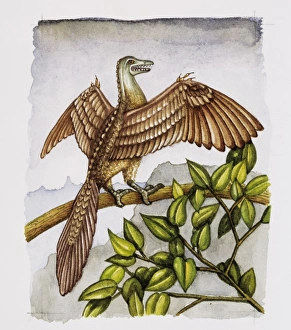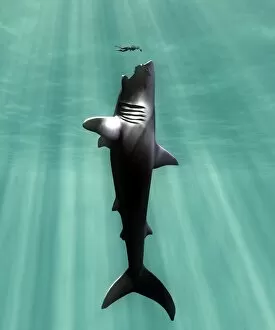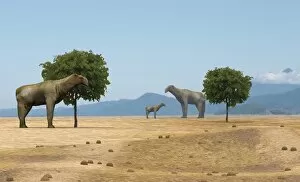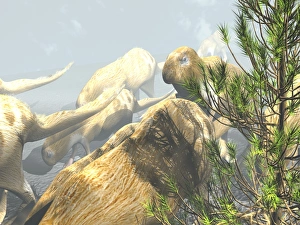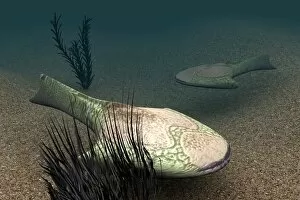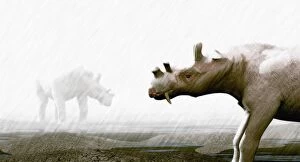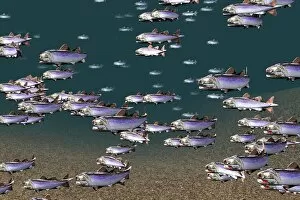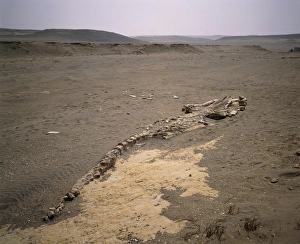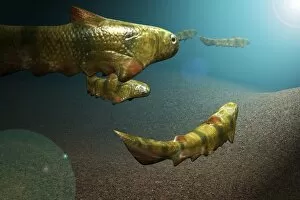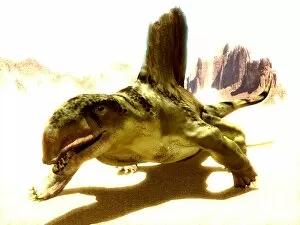Fossil Vertebrate Collection
Unveiling the Mysteries of Fossil Vertebrates: A Journey through Prehistoric Wonders Megalodon Shark vs Great White
All Professionally Made to Order for Quick Shipping
Unveiling the Mysteries of Fossil Vertebrates: A Journey through Prehistoric Wonders Megalodon Shark vs Great White: Witness the epic battle between these ancient marine predators as they ruled the oceans with their colossal size and ferocious nature. The Mighty Megalodon: Step back in time to encounter the awe-inspiring Megalodon, a prehistoric shark that dwarfed even today's great white sharks, leaving us in wonder at its sheer magnitude. Leptictidium - The Tiny Marvel: Explore the world of this diminutive mammal, known for its remarkable agility and unique adaptations that allowed it to thrive during the Eocene epoch. Woolly Rhinoceros - A Cold-Weather Survivor: Discover how this majestic creature braved freezing temperatures during the Ice Age, adapting to survive in harsh environments with its impressive woolly coat and formidable horn. Brontotheres - Giants of Ancient Grasslands: Immerse yourself in an era when massive herbivores roamed vast grasslands, marveling at these rhino-like creatures with their imposing size and distinctive bony protrusions on their heads. Dunkleosteus - Ruler of Prehistoric Seas: Dive into ancient waters where this armored fish reigned supreme, equipped with razor-sharp jaws capable of crushing anything unfortunate enough to cross its path. Hunting Dunkleosteus - An Underwater Thriller: Experience a heart-pounding chase beneath waves as Dunkleosteus hunts down unsuspecting prey, showcasing its unparalleled speed and predatory prowess. Andrewsarchus - Unraveling Mammalian Enigmas: Encounter one of history's largest terrestrial carnivores, piecing together clues about this enigmatic predator while admiring its massive skull and powerful bite force. Megatherium - Colossal Ground Sloth Delight.


